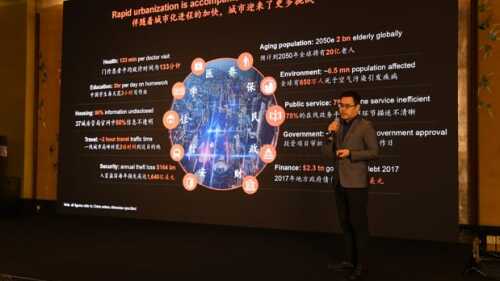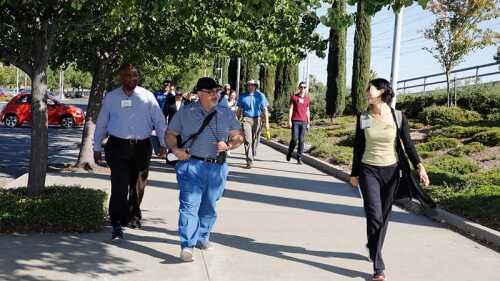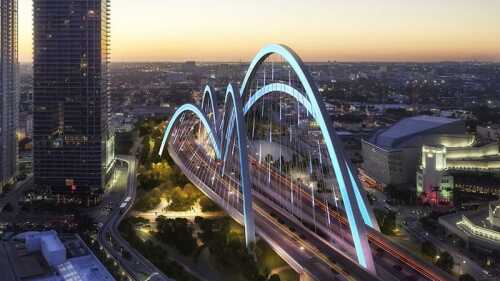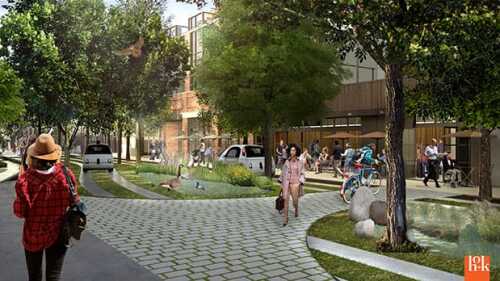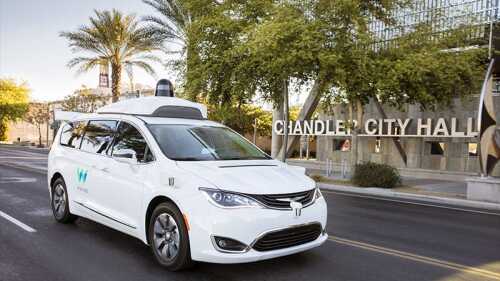Infrastructure
China’s largest insurer is backing the nation’s ambitious smart city program with investment in technology, panelists said during the ULI Asia Pacific Leadership Convivium, held in Shenzhen, China.
A ULI Advisory Services panel toured South Sacramento, California, in September, meeting with more than 75 city and county officials, local business leaders, residents, and other stakeholders. The four sponsors—Sacramento Regional Transit, Sacramento Council of Governments, Sacramento Municipal Utility District, and Sacramento Metropolitan Air Quality Management District—asked the ULI advisory panel to outline a plan for kick-starting a retrofit of the two transit-adjacent neighborhoods into transit-oriented neighborhoods. Their goals were to promote equitable, healthy, and inclusive community development that fosters job and income growth, housing options, and healthy neighborhood amenities with more convenient access to transit, retail, and services.
The ever-increasing traffic congestion in South Florida, a region that includes Miami-Dade, Broward, and Palm Beach counties, has not gone unnoticed by either local officials or private companies, both of which have been working on solutions to traffic woes for years. At ULI South Florida/Caribbean’s ULI Miami Investor Symposium in late October, two speakers—one from government and another from the private sector—laid out their plans to alleviate some of the congestion.
Just as a century ago, when the arrival of the personal automobile fundamentally changed our society, the advent of AVs as our main mode of transportation will trigger another shift in people’s lives. To ensure that the changes will enhance the urban experience, cities and their private sector partners need to start planning for this new world.
Though driverless vehicles are expected to be commercially available in the next few years, the shift to their use is likely to occur gradually and in phases over several decades, panelists said at ULI’s Spring Meeting in Detroit. That long process will allow vehicles to be tested and improved. It also will enable the development of urban infrastructure—such as smart roads and traffic management systems that communicate continuously with many vehicles at once—that would make them work better, said panelists.
Autonomous vehicles, smart cities, and how Arizona is poised on the leading edge of what Timothy Burr, director of public policy for Lyft, dubbed “the third transportation evolution” were the recurring themes of ULI Arizona’s latest Trends Day.
Urban planners and technology experts are hard at work bringing “smart city” technology—autonomous transportation, digital sensors, smart grids, and, yes, artificial intelligence—to a city near you. These were among the takeaways from a panel discussion at the 2018 ULI Carolinas Meeting in Greenville, South Carolina.
Ten facilities—all completed during the past five years—raise public transit’s profile with architectural flair while smoothing the way for commuters and travelers.
The evolution of “smart” cities is about solving specific problems more than sweeping urban transformation, panelists emphasized during the 2017 ULI Spring Meeting. Targeted programs with clear benefits are defining smart cities, not the widespread embrace of new technology, they said. In Seattle, “smart” means expanding the network of low-cost sensors, which is allowing for adaptive traffic signals and detailed weather mapping that can track microclimates and rain surges.
Amid speculation about the ways autonomous vehicles may upend current ways of living—and require fundamental changes to the way real estate and critical transportation-related infrastructure are
developed—voters in Washington state’s Puget Sound region approved tax increases in November to fund a $53.8 billion, 25-year program for expanding light rail, commuter rail, and bus rapid transit.
developed—voters in Washington state’s Puget Sound region approved tax increases in November to fund a $53.8 billion, 25-year program for expanding light rail, commuter rail, and bus rapid transit.

